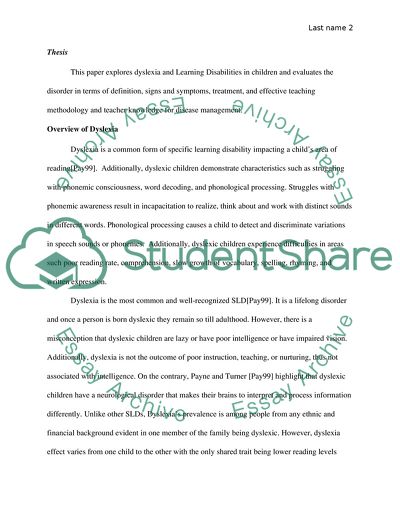Cite this document
(Dyslexia and Learning Difficulties in Children Assignment, n.d.)
Dyslexia and Learning Difficulties in Children Assignment. https://studentshare.org/health-sciences-medicine/1851866-dyslexia-and-learning-difficulties-in-children
Dyslexia and Learning Difficulties in Children Assignment. https://studentshare.org/health-sciences-medicine/1851866-dyslexia-and-learning-difficulties-in-children
(Dyslexia and Learning Difficulties in Children Assignment)
Dyslexia and Learning Difficulties in Children Assignment. https://studentshare.org/health-sciences-medicine/1851866-dyslexia-and-learning-difficulties-in-children.
Dyslexia and Learning Difficulties in Children Assignment. https://studentshare.org/health-sciences-medicine/1851866-dyslexia-and-learning-difficulties-in-children.
“Dyslexia and Learning Difficulties in Children Assignment”. https://studentshare.org/health-sciences-medicine/1851866-dyslexia-and-learning-difficulties-in-children.


